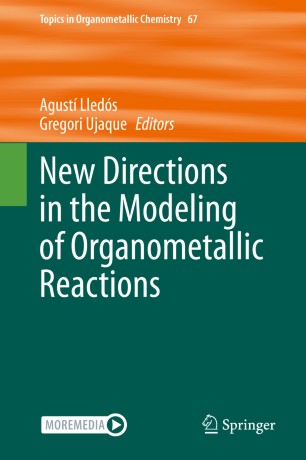

Most ebook files are in PDF format, so you can easily read them using various software such as Foxit Reader or directly on the Google Chrome browser.
Some ebook files are released by publishers in other formats such as .awz, .mobi, .epub, .fb2, etc. You may need to install specific software to read these formats on mobile/PC, such as Calibre.
Please read the tutorial at this link: https://ebookbell.com/faq
We offer FREE conversion to the popular formats you request; however, this may take some time. Therefore, right after payment, please email us, and we will try to provide the service as quickly as possible.
For some exceptional file formats or broken links (if any), please refrain from opening any disputes. Instead, email us first, and we will try to assist within a maximum of 6 hours.
EbookBell Team

4.7
16 reviewsThis book focuses on the computational modeling of organometallic reactivity. In recent years, computational methods, particularly those based on Density Functional Theory (DFT) have been fully incorporated into the toolbox of organometallic chemists’ methods. Nowadays, energy profiles of multistep processes are routinely calculated, and detailed mechanistic pictures of the reactions arise from these calculations. This type of analysis is increasingly performed even by experimentalists themselves. The volume aims to connect established computational organometallics with the more recent theoretical and methodological developments applied to this field. This would allow broadening of the simulation scope toward emergent organometallic areas (as ligand design or photoactivated processes), to narrow the gap between calculations and experiments (microkinetic models) and even to discover new reactions (automated methods).
Given the broad interest and extensive application that computational methods have reached within the organometallic community, this new volume will attract the interest of both experimental and computational organometallic chemists.